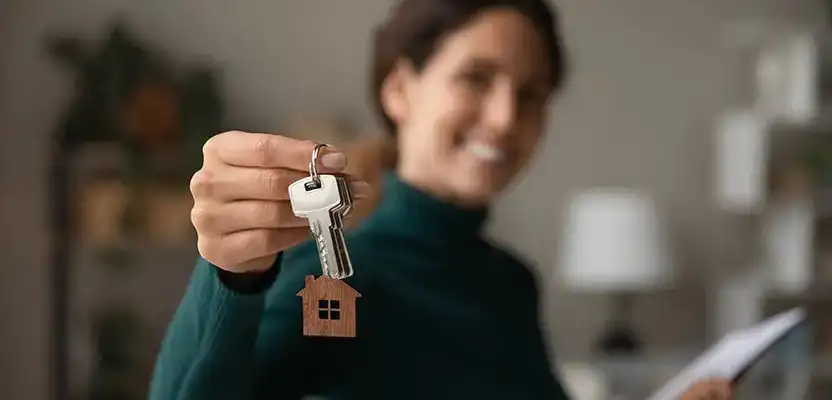Phone:
(701)814-6992
Physical address:
6296 Donnelly Plaza
Ratkeville, Bahamas.
We specialize in simplifying the property-buying journey with expert guidance, local market insights, and unparalleled dedication.
Finding the perfect home can be challenging, but with our local expertise, we make it effortless. From family homes in serene neighborhoods to stylish apartments in the heart of the city, we help you find a property that meets your lifestyle and budget.
Secure the ideal commercial property for your business or investment portfolio with our dedicated commercial buyers agents. Our team understands the complexities of commercial real estate and works to ensure your success in a competitive market.
Navigate Sydney's competitive property market with our experienced agents. From luxurious urban properties to suburban family homes, we ensure you find your perfect match.
With an eye on Brisbane's expanding real estate market, our team helps you capitalize on this growing region. Discover your ideal property in Queensland’s capital.

Welcome to Civil Appraisal, your trusted partner in navigating Australia’s dynamic property markets. Our mission is to provide unparalleled buyers advocacy services that simplify the property acquisition process while ensuring our clients make informed, confident decisions.
“I’ve worked with several buyers agents before, but the team at Civil Appraisal stands out. They took the time to understand my investment goals and found properties that fit my criteria perfectly. Their insights into the Adelaide market were invaluable!”

Your needs and goals are our top priority. We listen, strategize, and deliver personalized solutions that align with your vision.
With years of experience and deep insights into local and national property markets, we bring a wealth of knowledge to every transaction.
From market research and property inspections to price negotiations and post-purchase advice, we offer end-to-end services tailored to meet your unique requirements.
We believe in building trust through open communication and ethical practices. With us, you’ll always know where you stand.

At Civil Appraisal, we envision a future where every property buyer has access to professional guidance and support. We strive to be the go-to agency for property buyers across Australia, known for our dedication to excellence and client satisfaction.
We look forward to assisting you with your property goals. Let’s make your real estate dreams a reality!

